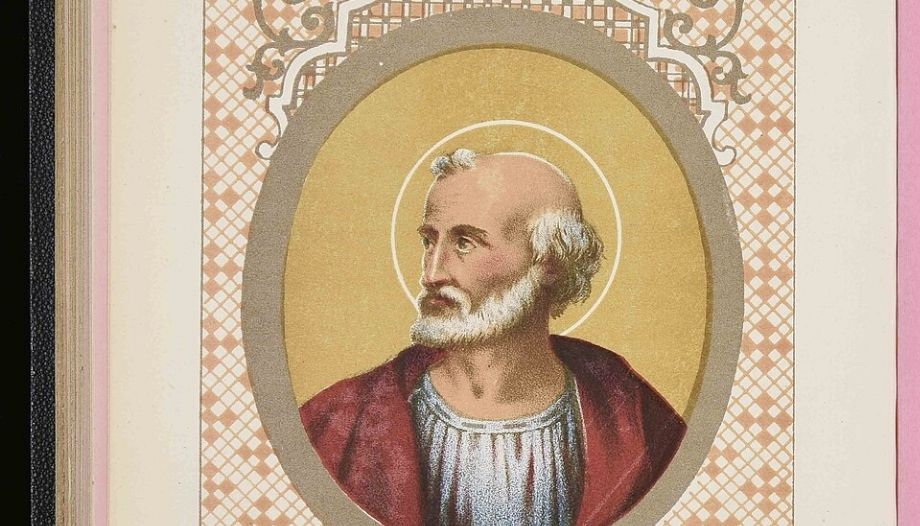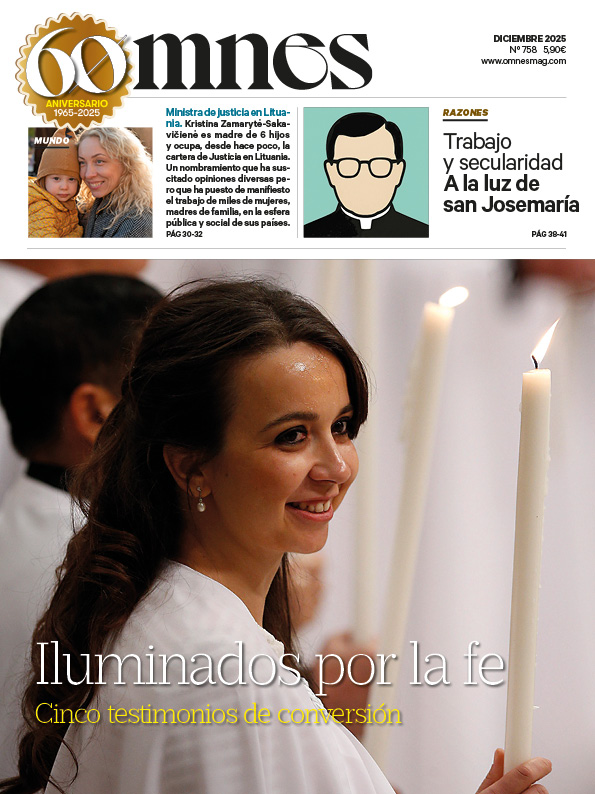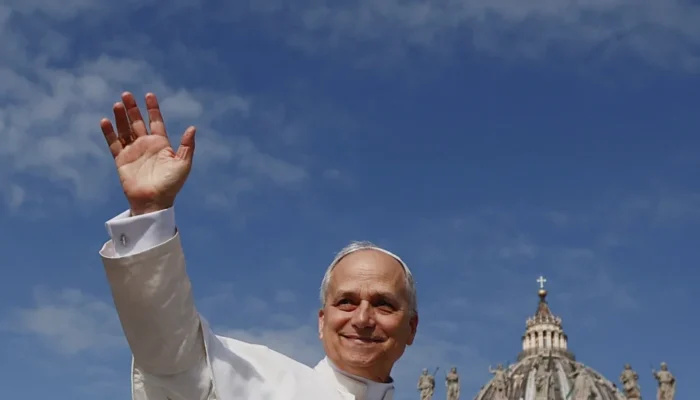He was born in Tuscia and was a deacon of the Church of Rome. In 440, Leo was sent by Empress Galla Placidia to pacify Gaul. A few months later, Pope Sixtus III dies, and Leo, his advisor, succeeds him. Pope Leo, the 45th in the history of the Church, began his Petrine ministry on September 29, 440. He was defender and promoter of the Primacy of Rome, and is Doctor of the Church.
His pontificate lasted 21 years and broke several records, according to the Vatican saints“ calendar. First Bishop of Rome to bear the name of Leo. The first to be called ”Magno“, whose preaching -almost 100 sermons and 150 letters- have come down to us. One of the two Popes (the other is St. Gregory the Great) who received, by decision of Benedict XIV (1754), the title of ”Doctor of the Church".
According to historians, Leo the Great is also the first Pope to be buried, after his death on November 10, 461, inside the Vatican Basilica. His relics are preserved in St. Peter's, in the Chapel of the “Madonna of the Column,” the Vatican website adds.
Detains Huns and Vandals
In 452 AD, Attila's Huns conquered and sacked the cities of Aquileia, Padua and Milan. Near Mantua, on the Mincio River, Pope Leo the Great leads a delegation from Rome, meets Attila and dissuades him from continuing his invasion. Legend has it that Attila withdraws after having seen, behind Pope Leo, the Apostles Peter and Paul, armed with swords.
Three years later, in 455, the “Pope Magnus” stopped the Vandals of Africa at the gates of Rome. The city is sacked, but not burned. The Basilicas of St. Peter, St. Paul and St. John remained standing, where a large part of the population found refuge.
Inspires the Council of Chalcedon
St. Leo the Great has also gone down in history for promoting the Ecumenical Council of Chalcedon (today Kadiköy, in Turkey), which recognizes and affirms the union in Christ of the two natures - human and divine. “Thus the heresy of Eutychius, who denied the human essence of the Son of God, was rejected,” he wrote. Vatican News. When his document was read to the 350 Council Fathers, there was acclamation: “Peter has spoken through the mouth of Leo, Leo has taught according to piety and truth”.








